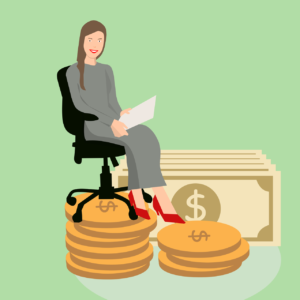Is Diversity the New Lean-In Movement?

Diversity/inclusion is definitely the catchphrase of the day and having been in the industry since the Web 1.0 days, when we’d attend conferences and would never find a queue at the women’s loo ever, while at the men’s loo, the line would snake around corners. Not so much when Web 2.0 hit and cheers to that, despite the wait we then encountered: the industry was becoming more gender-inclusive at some levels and there’s a start, anyway, even though not all companies seemed to have gotten the memo, or the message, or didn’t quite understand that it’s not all about numbers alone: Black former employees sue Google for racial discrimination.
The pendulum does have a way of swinging from one extreme to the other before righting itself at the midway point, or so one would hope, and so it seems to be going with diversity and inclusion, Hollywood/the movie industry being an extreme example (Are the Oscars Over?). Viewership of the Academy Awards has been way down in recent years, and despite the fact that many entertainers accepting their awards or presenting use the moment as a way to air their pollical views, the Academy has somehow decided that it’s all about diversity/inclusion, or the lack thereof.







